Third Generation Technologies...
The computers of third generation used integrated circuits (IC's) in place of transistors. A single IC has many transistors, resistors and capacitors along with the associated circuitry. The IC was invented by Jack Kilby. This development made computers smaller in size, reliable and efficient. In this generation remote processing, time-sharing, multi-programming operating system were used. High-level languages (FORTRAN-II TO IV, COBOL, PASCAL PL/1, BASIC, ALGOL-68 etc.) were used during this generation.
Fourth Generation Technologies...
The period of fourth generation was 1971-1980. The computers of fourth generation used Very Large Scale Integrated (VLSI) circuits. VLSI circuits having about 5000 transistors and other circuit elements and their associated circuits on a single chip made it possible to have microcomputers of fourth generation. Fourth generation computers became more powerful, compact, reliable, and affordable. As a result, it gave rise to personal computer (PC) revolution. In this generation time sharing, real time, networks, distributed operating system were used. All the high-level languages like C, C++, DBASE etc., were used in this generation.
Fifth Generation Technologies...
In the fifth generation, the VLSI technology became ULSI (Ultra Large Scale Integration) technology, resulting in the production of microprocessor chips having ten million electronic components. This generation is based on parallel processing hardware and AI (Artificial Intelligence) software. AI is an emerging branch in computer science, which interprets means and method of making computers think like human beings. All the high-level languages like C and C++, Java, .Net etc., are used in this generation.
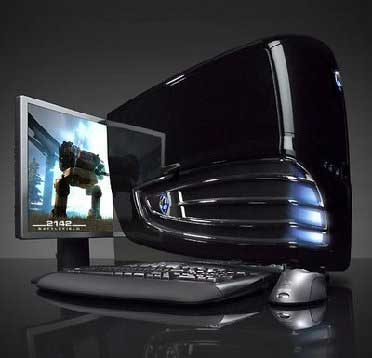
First Generation Hardware...
The First Generation, 1946-59: Vacuum Tubes, Relays, Mercury Delay Lines: – ENIAC (Electronic Numerical Integrator and Computer): First electronic computer, 18000 vacuum tubes, 1500 relays, 5000 additions/sec. – First stored program computer: EDSAC (Electronic Delay Storage Automatic Calculator).
Second Generation Hardware...
The Second Generation, 1959-64: Discrete Transistors.
Third Generation Hardware...The Third Generation, 1964-75: Small and Medium-Scale Integrated (MSI) Circuits.
Fourth Generation Hardware...
The Fourth Generation, 1975-Present: The Microcomputer. VLSI-based Microprocessors.
Fifth Generation Hardware...
The Fifth Generation Computer: The use of parallel processing and superconductors is helping to make artificial intelligence a reality.
First Generation Software...
The earliest computers were based on vacuum tube technology and hardware design was in its infancy. The only way to program these computers was to enter the machine language instructions directly into the hardware.
Second Generation Software...
Some improvements were made during the 1950s with the development of assembly languages. Early software pioneers, such as Grace Hopper, realized that they could write programs in a type of programming short-hand and then have the computer translate this short-hand notation into machine code. The advantages of Assembly Languages included:
- Operations are given a meaningful name
- Names are assigned to storage locations
- Programs are easier to read and therefore easier to debug
- The Assembler program does the tedious translation of the program into machine language.
Third Generation Software...
By the late 50s and early 60s, the computer industry was in full production. Many large and medium businesses as well as most universities and government departments were installing computers. Along with this boom came a crucial period often called the Software Crisis. While advances had been made in writing software such as assemblers, every computer system still required custom written software. There simply were not enough programmers and time to do it all.
Fourth Generation Software...
Fifth Generation Software...
Connected closely with Artificial Intelligence research and expert systems.
People Behind The Updations...
ENIAC was the world first successful electronic computer which was develops by the two scientists namely J. P. Eckert and J. W. Mauchy. It was the beginning of first generation computer. The full form of ENIAC is “Electronic Numeric Integrated And Calculator” ENIAC was a very huge and big computer and its weight was 30 tones. It could store only limited or small amount of information. Initially in the first generation computer the concept of vacuum tubes was used. A vacuum tube was such an electronic component which had very less work efficiency and so it could not work properly and it required a large cooling system.
As the development moved further, the second generation computers knocked the door. In this generation, transistors were used as the electronic component instead of vacuum tubes .A transistors is much smaller in the size than that of a vacuum tube. As the size of electrons components decreased from vacuum tube of transistor, the size of computer also decreased and it became much smaller than that of earlier computer.
The third generation computers were invented in the year 1964. In this generation of computer, IC (Integrated circuits) was used as the electronic component for computers.
This is the generation where we are working today. The computers which we see around us belong to the fourth generation computers. ‘Micro processor’ is the main concept behind this generation of computer.
A microprocessor is a single chip (L.S.I circuit), which is used in a computer for any arithmetical or logical functions to be performed in any program. The honaur of developing microprocessor goes to Ted Hoff of U.S.A. He developed first micro-processor, the Intel 4004, as he was working for Intel Corporation, U.S.A with the use of microprocessor in the fourth generation computers, the size of computer become very fast and efficient.

JOURNEY FROM Ist TO Vth GENERATION
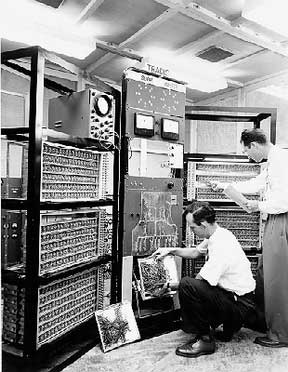
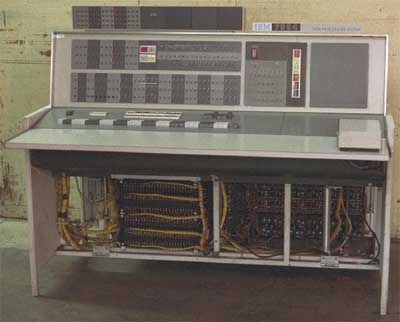
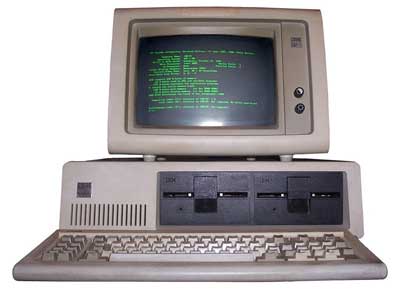
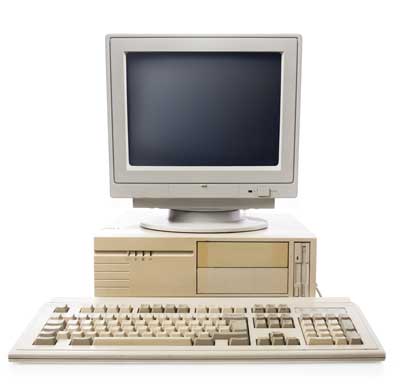

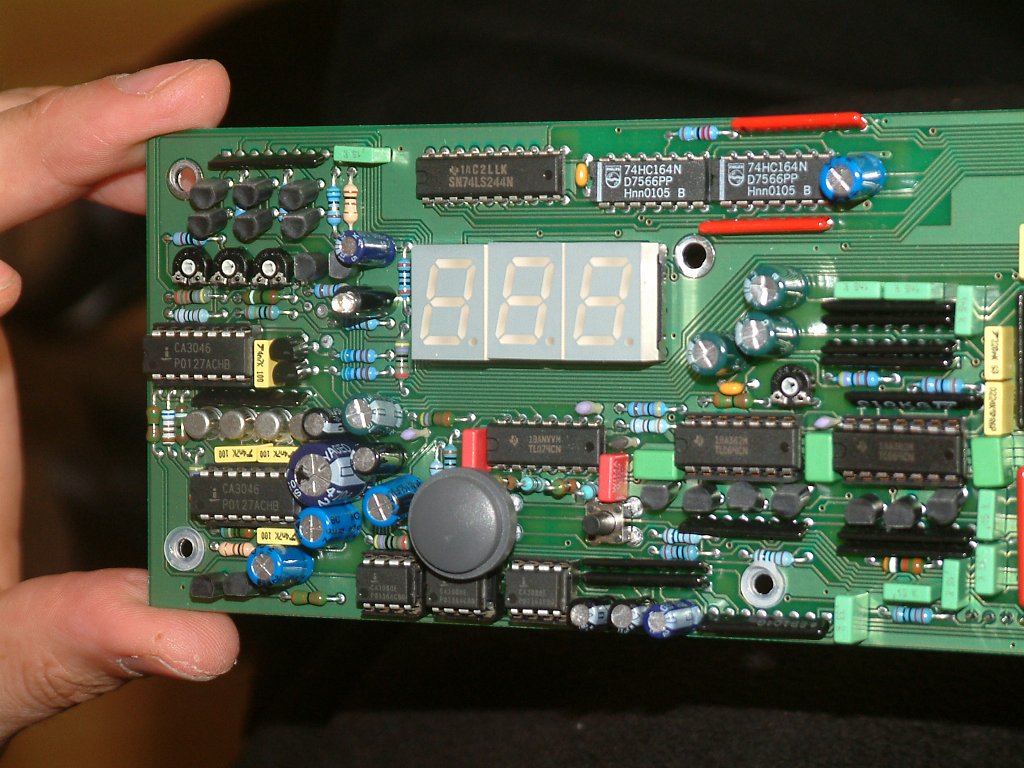
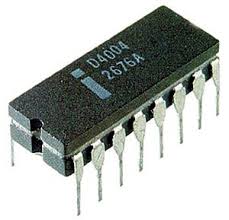







No comments:
Post a Comment